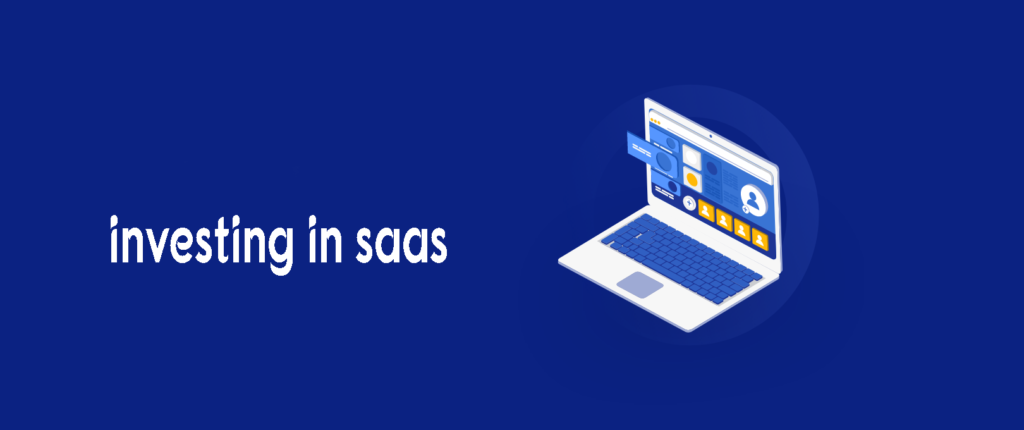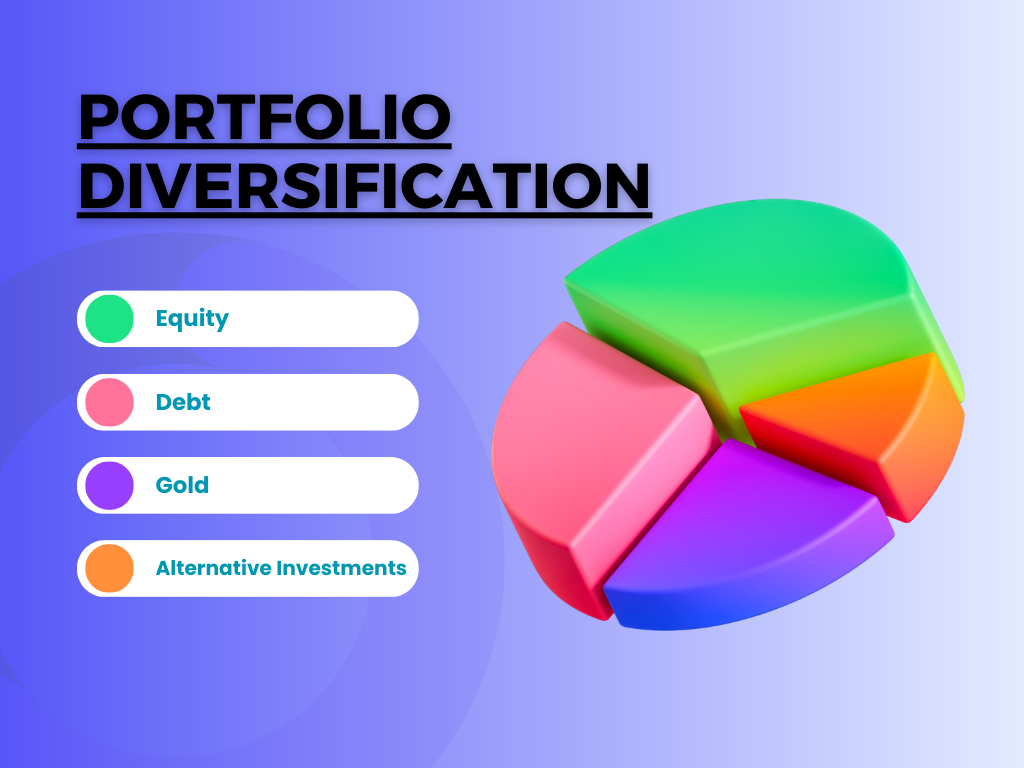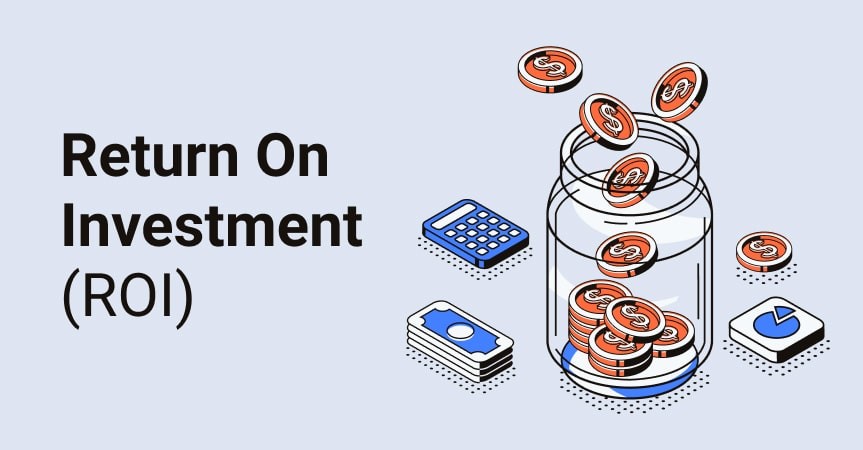Investing in SaaS can seem like a daunting task, especially when you’re new to the game.
You might have come across forums and LinkedIn posts where people discuss how challenging it is for beginners to navigate this competitive investment landscape.
“You need experience to invest wisely and you gain experience by investing.” This isn’t entirely true.
The beauty of the SaaS industry lies in its dynamic nature. New startups emerge every day, revolutionizing business operations and opening up fresh opportunities for investors just like you.
The potential returns from SaaS investments are significant.
In 2023 alone, global spending on public cloud services reached an impressive $312
The Allure of SaaS Investing
There has been a surge in interest towards SaaS investing, with funding for this sector growing almost seven-fold over the past decade. This rapid expansion has outpaced general venture capital funding, creating an enticing proposition for investors.
Savvy investors are being drawn to the lucrative opportunities within the SaaS industry.
A case in point is that 27 SaaS companies went public last year, cumulatively representing around $225 billion of market capitalization. These figures not only underscore robust growth but also indicate how SaaS investments can yield substantial returns.
In addition, most SaaS businesses operate on recurring revenue models which offer predictable and stable cash flows, making them attractive long-term investment options. Moreover, lower costs associated with product development and distribution as compared to traditional software firms often result in higher profitability margins, further adding allure to these SaaS stocks.
Growth Potential & Market Size
Digital transformation sweeping across industries globally presents immense growth potential for SaaS businesses and, by extension, their investors too. This trend, along with increasing adoption rates of cloud services, indicates expanding market size, thereby enhancing investment attractiveness.
Lastly, many organizations now prefer subscription-based services instead of one-time purchases or licenses. The demand dynamics favor sustained growth, thus presenting more avenues for SaaS investing.
Surge in SaaS investing is reshaping the market. With funding up seven-fold over a decade and 27 companies going public last year, it’s time to tap into this lucrative sector. #SaaSInvesting #MarketTrendsClick to Tweet
Decoding Key Metrics for SaaS Companies
In the dynamic world of SaaS investing, it’s critical to have a deep understanding of specific metrics that shed light on a company’s profitability and growth potential. These include Annual Recurring Revenue (ARR), Customer Acquisition Cost (CAC), and Customer Lifetime Value (CLV).
Diving into Annual Recurring Revenue.
The ARR is an integral part of any investment decisions involving SaaS companies. It serves as an estimate, providing insights about how much recurring revenue can be generated from subscription-based products or services over one year.
This metric acts like a barometer, gauging the effectiveness of sales activities needed to secure these revenues while offering some sense of business stability. A high ARR suggests strong customer retention—a promising sign for steady income streams in this competitive landscape.
Parsing out Customer Acquisition Cost.
CAC represents what it costs a company to gain new customers through marketing efforts—an essential aspect when evaluating whether investing in particular SaaS businesses would prove profitable or not. This cost includes all expenses associated with acquiring customers such as advertising spend, salaries for marketing staff, and software used for lead generation.
A lower CAC implies less money spent per new customer acquisition—indicating higher efficiency which often translates into better returns on your SaaS investments.
Unraveling The Significance Of CLV.
The CLV gives investors insight into the total net profit expected from each client during their entire relationship with the company—not just focusing on initial transactions but taking into account future interactions too. An increasing CLV indicates growing loyalty among users towards your product offerings, conversely decreasing values might signal dissatisfaction leading to higher churn rates—both vital considerations when making informed choices within this sector.
Key Takeaway:
In SaaS investing, understanding key metrics like Annual Recurring Revenue (ARR), Customer Acquisition Cost (CAC), and Customer Lifetime Value (CLV) is crucial. A high ARR indicates strong customer retention, a low CAC suggests efficient marketing spend, and an increasing CLV signifies growing user loyalty—all vital indicators of profitability and growth potential in the competitive SaaS landscape.
The Competitive Landscape of SaaS Companies
As an investor, comprehending the competitive atmosphere is essential when deciding on investments in any sector. This holds especially true for the ever-evolving world of Software as a Service (SaaS) companies.
SaaS businesses are characterized by their unique dynamics and challenges.
In this fiercely competitive market, product development plays a pivotal role. Rapid technological advancements require these software companies to consistently innovate and adapt to maintain their edge over competitors. The company’s growth potential largely depends on its ability to keep up with these changes while offering relevant solutions that meet customer needs.
Finding Opportunity in Market Size
The expanding digital transformation across various sectors has led to increased demand for cloud-based services globally – presenting both opportunities and threats within the SaaS industry. While it widens the pool of potential customers significantly, it also invites more competition into play leading not only to price wars but necessitating niche targeting strategies or differentiated service offerings as survival tactics within such crowded spaces.
Leveraging Lower Costs For Greater Profitability
One key factor shaping competitiveness among SaaS firms lies in the cost advantages offered by their business model compared to traditional ones where significant upfront costs associated with hardware procurement and maintenance overheads were prevalent. In contrast, SaaS models eliminate many such expenses.
This allows SaaS businesses greater flexibility in pricing services – they can afford lower prices than conventional vendors and still achieve healthy profit margins since most operational costs are borne through subscription fees rather than their own infrastructure investments.
With AI and machine learning redefining products and increasing market size, future trends shape how investors make choices regarding investing in SaaS stocks. It’s important to stay updated on the latest developments to maximize returns from your investment ventures.
Key Takeaway:
Investing in SaaS companies demands a keen understanding of the competitive landscape, recognition of opportunities in market size expansion and leveraging cost advantages for profitability. Keep an eye on technological advancements like AI and machine learning to stay ahead.
Understanding the Benefits of Recurring Revenue Models
The recurring revenue model is a fundamental component in the SaaS industry, ensuring financial stability and predictability. This business model generates regular income through subscription services or other repeat-business models.
Distinguishing Between Monthly and Annual Recurring Revenues
MRR and ARR are two key metrics used to measure predictable monthly and yearly recurring revenues, respectively. MRR gives an estimate of predictable monthly revenues, which aids short-term cash flow visibility for quick adjustments to changes.
On the flip side, ARR offers a yearly perspective on recurring revenue minus one-time charges. The long-term view provided by ARR assists strategic planning while forecasting growth potential over time. ProfitWell’s analysis further elaborates how these respective advantages can be leveraged based on your product offering and customer base dynamics.
Predictable Business Growth Through Regular Income Streams
A significant advantage that comes with adopting recurring revenue models is sustainability. Consistent income streams allow businesses to plan effectively, knowing they have guaranteed incomes each period, whether it’s monthly or annually.
Finding Stability in Predictable Cash Flows
This also lessens reliance on securing large sales deals at irregular intervals, thereby reducing risk factors associated with unpredictable revenues. Steady cash flows contribute towards enhancing a company’s profitability as well as its appeal from an investment standpoint when considering SaaS investing opportunities.
Growth Potential Within SaaS Stocks Based On MRR And ARR Metrics
By recognizing trends within these key performance indicators, companies are able not only to identify upsell opportunities but also drive expansion plans.
As we look ahead at future trends shaping investment decisions within the SaaS industry, advancements like artificial intelligence or machine learning could redefine product offerings, thus increasing market size even more, making SaaS companies revolve around continuous innovation.
Key Takeaway:
Understanding recurring revenue models, like MRR and ARR, is key to investing in SaaS companies. These metrics provide stability, predictability, and growth potential for businesses while reducing risk factors associated with unpredictable revenues. Keep an eye on future trends such as AI or machine learning that could further boost the market size.
Exploring Verve Ventures Investing in SaaS Businesses
Verve Ventures, a venture capital firm with a keen eye for SaaS businesses, has established its presence within the dynamic landscape of this industry. Their strategy? Backing up-and-coming companies that showcase high growth potential and solid recurring revenue models.
Their investment approach is quite strategic.
They are not just looking for any company; they seek out those offering innovative solutions capable of addressing major market needs. In doing so, these companies can provide value to their customers while simultaneously driving substantial returns on investments.
A critical part of their selection process involves identifying scalable businesses—those having efficient sales processes, impressive customer retention rates, and an ability to expand product offerings over time are considered more favorable.
Diving into Verve Venture’s Investment Strategy
This venture capital firm focuses primarily on two key metrics when considering prospective portfolio additions: ARR (Annual Recurring Revenue) growth rate and gross margin trends. Both offer insights into profitability as well as scalability – crucial factors in making long-term SaaS investing decisions.
Beyond financials though, “People make all the difference.” They place great emphasis on evaluating leadership teams before making final investment decisions—the visionaries behind it all whose execution capabilities and deep understanding of industry nuances could very well be pivotal indicators leading towards success or failure in such competitive markets like SaaS industries.
Verve Ventures Success Stories
Take Zapier, for instance. This flourishing venture backed by Verve Ventures has been able to scale exponentially thanks largely due to its unique proposition: enabling users without coding skills or technical background to easily automate tasks across different web applications, thereby improving productivity manifold times over.
And that’s just one example. There are several other thriving startups which owe parts of their successes to early-stage funding provided by this investor group including Databox, Gorgias, and Mailshake among others.
Making them Stand Out from Others?
Surely there must be something special about Verve Ventures that sets them apart. Indeed there is—it’s not merely about pumping money into promising ventures but also
Key Takeaway:
Verve Ventures stands out in the SaaS investing landscape with its strategic approach, focusing on companies offering innovative solutions and showing high growth potential. Key metrics like ARR growth rate and gross margin trends guide their decisions, while leadership evaluation underscores their belief that “people make all the difference.”
Identifying Growth Potential in SaaS Stocks
In the world of SaaS investing, it’s crucial to understand how a company’s growth potential can be gauged. This often involves looking at their ability to add or sell additional services, which indicates adaptability and an understanding of market demand.
It is essential to recognize the significance of innovation.
Warren Buffet once said, “Price is what you pay; value is what you get.”
This holds true in investment decisions for SaaS companies, where one should evaluate whether they have been consistent with product development and feature enhancement. Such trends demonstrate commitment towards meeting customer needs while staying competitive within the SaaS industry.
Diversification as Key
SaaS businesses that offer multiple products or tiered pricing plans tend to exhibit higher growth potential due to diversified revenue streams. They aren’t reliant on just one service for income, making them more resilient against fluctuations in specific markets.
Bonus points if these businesses also provide complementary services such as training alongside their core offering – this not only provides another layer of security but opens up opportunities for upselling and cross-selling, thereby increasing average revenue per user (ARPU).
Evaluating Market Positioning
An essential part of identifying lucrative opportunities lies in evaluating a firm’s standing within its industry landscape – factors like brand recognition, market share, and customer loyalty all contribute significantly towards long-term success.
To stay ahead in today’s fast-paced tech world, agility plays an important role too – How effectively does the business respond to changes? Are they quick enough to adapt to new technology trends? Do they cater well to changing consumer preferences?
Dive into SaaS investing with a keen eye for growth potential, innovation and diversified revenue streams. Stay agile, adapt to tech trends & evaluate market positioning for success. #SaaSInvesting #TechTrendsClick to Tweet
The Future of Investing in SaaS Companies
As we explore what the future of investing in SaaS businesses may hold, it’s evident that modern trends like AI and machine learning are transforming this sector. These advancements hold immense potential to redefine product offerings and broaden market size.
A Glimpse at Artificial Intelligence’s Impact on SaaS
Artificial Intelligence is not just a buzzword—it’s an influential force revolutionizing numerous industries, including SaaS. AI-driven algorithms can automate processes, provide superior data analysis capabilities, and deliver personalized user experiences. This enhanced efficiency doesn’t only boost company growth but also expands their customer reach.
Besides enhancing services, AI plays a pivotal role in predictive analytics—a tool enabling businesses to accurately forecast upcoming trends. Having such foresight gives these firms an edge over competitors who still rely on traditional methods for business insights.
Redefining Business with Machine Learning
In addition to AI, machine learning offers substantial benefits within the world of SaaS products as well by allowing software applications to improve performance without explicit programming—becoming smarter after each interaction.
This technology fosters innovation while cutting costs associated with manual labor or repetitive tasks—an essential aspect impacting profitability within competitive landscapes like the SaaS industry.
Fueling Growth through Additional Services
Selling additional services has emerged as another trend among successful SaaS companies. By offering complementary features alongside primary service offerings, they create extra revenue streams contributing towards both monthly recurring revenue models as well as annual recurring ones too.
This approach not only enhances overall earnings but strengthens customer relationships by delivering value-added solutions tailored specifically according to users’ needs, thus improving client retention rates which play a key role in determining long-term success amidst competition.
Key Takeaway:
AI and machine learning are game-changers in the SaaS industry, automating processes and enhancing predictive analytics. Additionally, offering extra services can create new revenue streams while boosting customer retention rates. In short, smart tech and savvy strategies spell success for future SaaS investments.
Conclusion
Investing in SaaS is a journey that offers both challenges and rewards.
The allure of this sector stems from its rapid growth and the lucrative opportunities it presents.
Key metrics such as ARR, CAC, and CLV are crucial guides on this investment path.
Navigating the competitive landscape requires understanding factors like product development, market size, and cost efficiency.
The stability offered by recurring revenue models adds another layer of appeal to these investments.
Verve Ventures exemplifies how strategic investing can lead to success in the SaaS realm.
Growth potential can be spotted through careful observation of company activities and service expansions.
The future holds exciting possibilities with advancements like artificial intelligence reshaping the industry’s offerings.
If you want to learn more about this, sign up for my newsletter.


